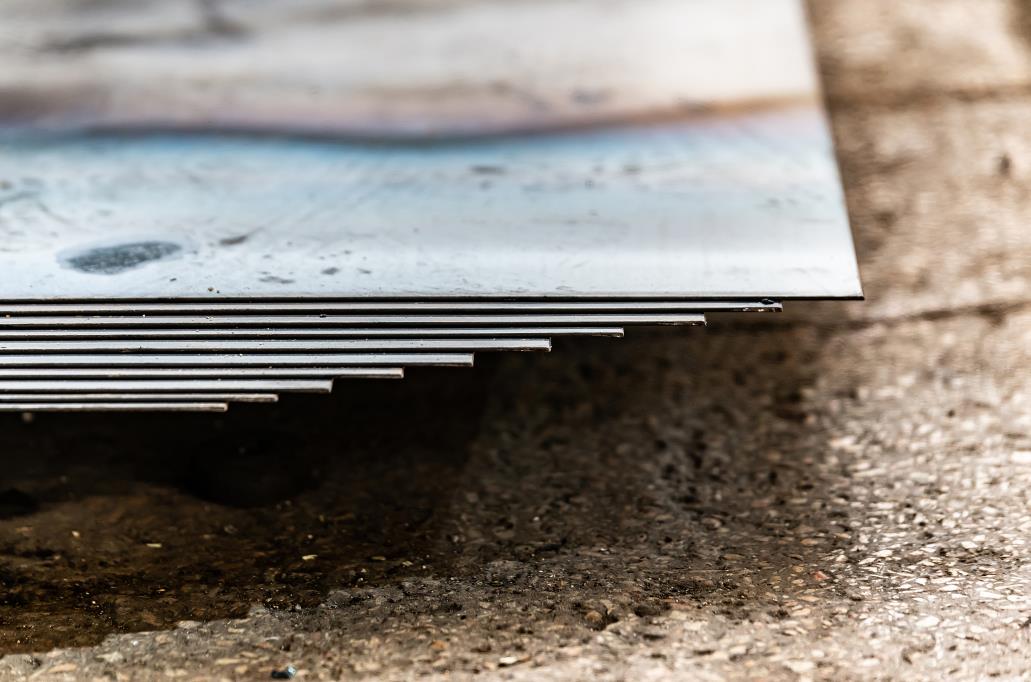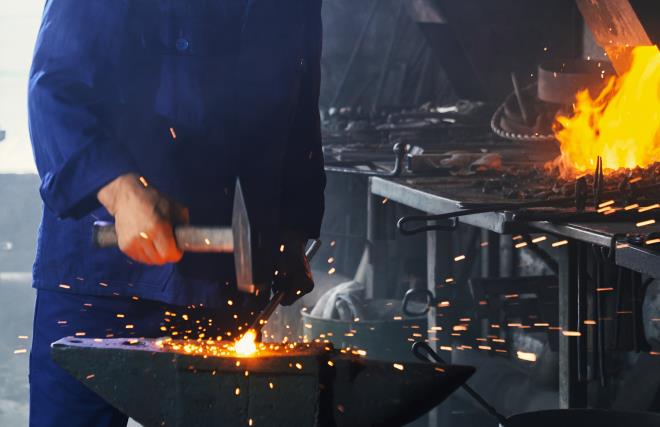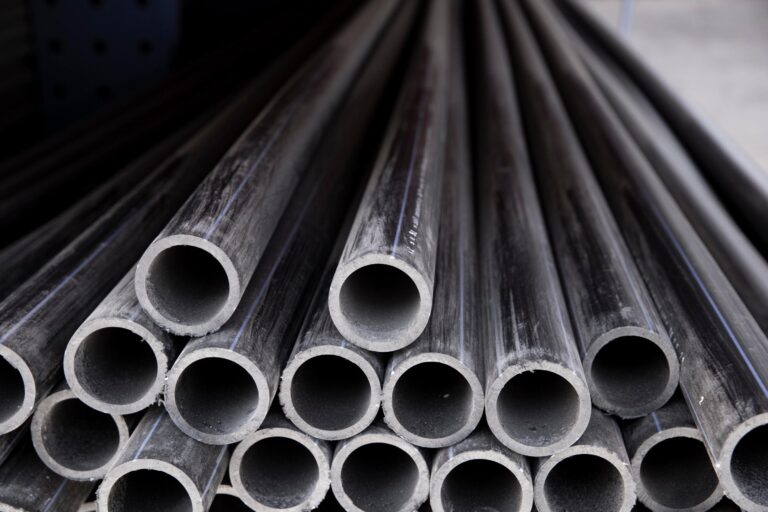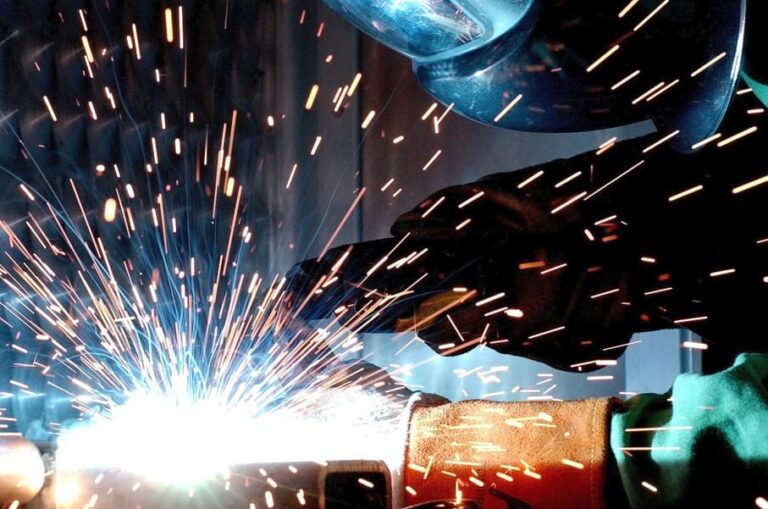M390 steel is manufactured by an Austrian stainless steel manufacturer, Böhler Uddeholm. Although M390 steel isn’t intended for making blades, its popularity is increasing among knife makers.
M390 steel is considered a high-performance steel that’s highly corrosion and wear resistant. Böhler created this steel for the injection molding industry, where molds must maintain their form after shaping countless products. Despite its primary use, M390 fits any application that requires high wear and tear resistance.
This brings us to M390 steel’s application in the knife industry, which is a relatively new name. With the increasing popularity of super steels, many knife brands are picking M390 for making blades. It is most popular with EDC knives, there are brands like Alzon that use it to make kitchen knives.
In this article, we’ll review M390 steel as a knife material, covering its composition, properties, and more. Read to the end to find out if it’s a good match for your customers.
What is M390 steel?
Böhler developed the M390 as a stainless steel alternative to its K190 steel. M390 steel is a powder metallurgy steel similar to CPM steels Crucible manufactures, such as S90V. These steels have a fine microstructure that enables better sharpness.
The knives with M390 steel benefit from the powder metallurgy process and get an extremely sharp edge. While knife brands market M390 steel’s sharpness and edge retention, there is more to it.
M390 steel composition
- Carbon: 1.90%
- Chromium: 20.00%
- Vanadium: 4.00%
- Molybdenum: 1.00%
- Silicon: 0.70%
- Tungsten: 0.60%
- Manganese: 0.30%
Buy Wholesale Knives and Start Scaling up with Us Today
Contact us and connect with a sales rep to get a free quote.
M390 steel properties
The steel’s properties directly impact what kind of blade it makes. Here’s an overview of M390 steel’s properties, covering the essentials.
Hardness
The typical hardness of M390 steel is between 60 and 62 HRc. It’s fairly easy to heat-treat M390 steel without complications. The hardness of M390 is at an optimal range for most EDC knives, but it’s a bit much for those looking for extra toughness.
Wear resistance and edge retention
M390 stands out in wear resistance. The high concentration of vanadium and tungsten provides this steel with superb wear resistance. Even after repeated use, it maintains a sharp edge. This also means fewer scratch marks on the blade.
With its high hardness and powder metallurgy process, M390 steel provides knives with a sharp, sustaining edge that doesn’t wear out quickly.
M390 blades tend to be difficult to sharpen. It sharpens best with abrasive whetstones, preferably diamond stones, to give it a quick sharp edge. Even though it will take some elbow grease to sharpen an M390 knife, it doesn’t require an expert sharpener with its fine grain structure.
Corrosion resistance
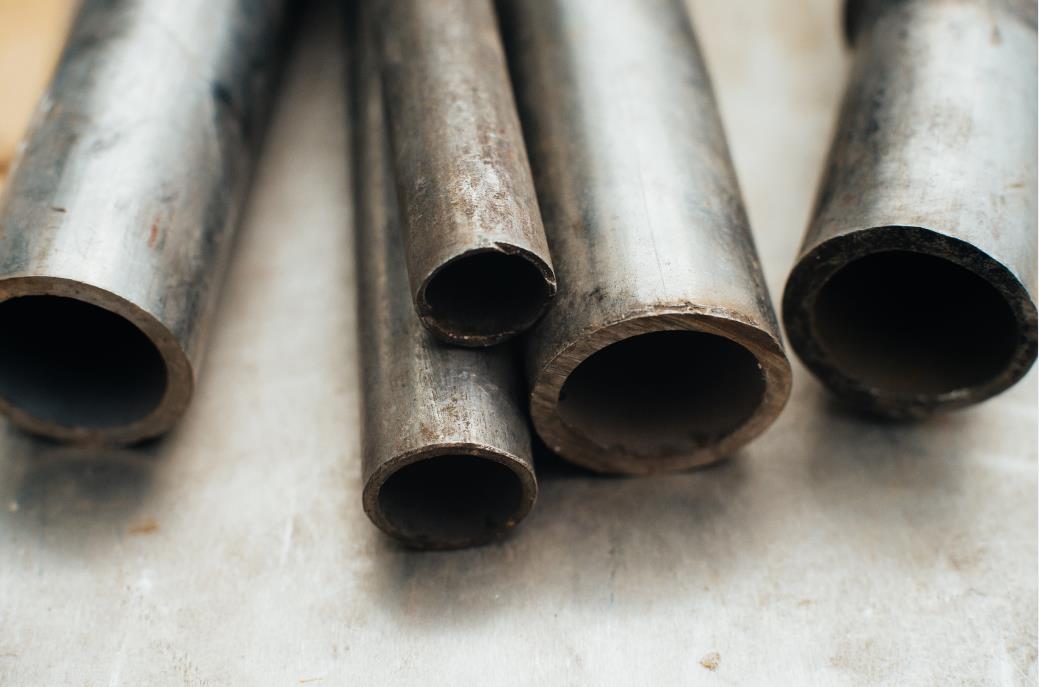
Most knife steels at the same level of edge retention and wear resistance as M390 steel have poor corrosion resistance – not this one. M390 steel has a high chromium in the solution, which equips it with excellent corrosion resistance.
Compared to similar steel with high chromium content, like the Japanese ZDP-189, M390 steel has much better corrosion resistance.
M390 steel’s corrosion resistance is the icing on the cake, considering its sharpness, edge retention, and wear resistance. These justify the high price tag that comes with M390 steel blades.
Toughness
M390 steel’s toughness isn’t as great as its other qualities. The high hardness and wear resistance don’t go hand in hand with toughness. Compared to other steel, the toughness of M390 steel is only mediocre.
Using an M390 steel knife vigorously can result in a chipped edge. Therefore, it has low impact toughness, not suitable for heavy-duty applications.
However, M390 steel’s toughness isn’t that bad. The powder metallurgy process that involves spraying the melted steel through an atomizer at high pressure improves durability.
While the toughness may be concerning, it’s adequate for everyday use. Most cutting tasks don’t challenge M390 steel’s toughness. It won’t chip or break as long as it isn’t used for heavy cutting or prying.
M390 steel knife performance
Here are the pros and cons of M390 steel to summarize its performance as a knife material.
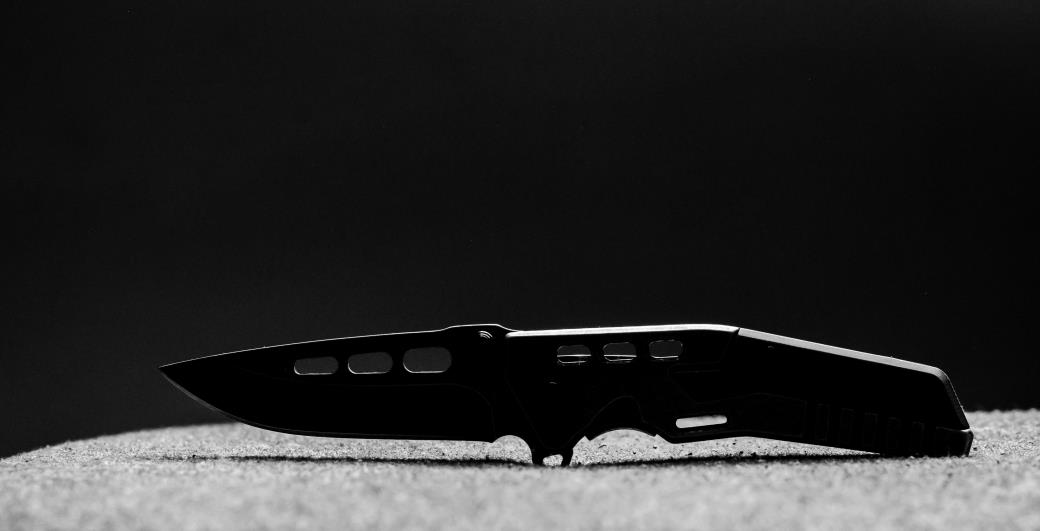
Pros
- M390 steel equips knives with excellent edge retention. Even with daily, repeated use, it will get your customers further than many alternatives. M390 steel’s ability to keep a sharp edge is the main point that attracts knife users.
- While wear resistance strongly correlates with edge retention, it also affects other areas. The blades made from M390 steel last longer as they lose less material. They output consistent cutting performance and maintain their appearance. Additionally, the high wear resistance of M390 makes it cost-effective by requiring users to spend less on sharpening equipment.
- Rusting or any form of corrosion isn’t an issue for M390 steel knives. It does well in humid and wet settings. Fears of rust are pretty much non-existent with M390 steel knives.
Cons
- The high hardness and wear resistance don’t provide easy sharpening. M390 steel knives hold an edge but are difficult to sharpen. Users need to invest in proper sharpening tools.
- The toughness of M390 is adequate for everyday tasks and most cutting needs. However, users looking for a robust blade to tackle high-impact or heavy-duty applications may experience a chipped edge.
- M390 is a high-performance steel. You can expect a just as high price tag with its properties and features as a knife material. Naturally, M390 steel knives are costlier than a typical knife.
M390 steel vs other EDC knife steel
M390 steel vs. S30V steel
M390 and S30V are powdered metallurgy steels with a similar microstructure. Both steels feature a close chrome-to-chromium ratio that affects corrosion resistance. As one would expect, they have equal corrosion resistance.
What separates them is the edge retention and wear resistance. Being a more wear-resistant steel, M390 has more lasting edge retention than S30V. Despite the same vanadium content and up to 61 HRc hardness, S30V is slightly inferior to M390 in edge retention.
Other than these, S30V is easier to sharpen and has better toughness. It’s more appropriate for heavy-duty applications, where M390 can have challenges. Also, S30V steel knives are more affordable.
S30V is a somewhat better choice for budget and typical EDC knives. M390 is more for high-end products for a select group of knife users.
M390 steel vs. D2 steel
D2 steel is one of the most popular knife steels, especially among novice knifemakers. It is considered tool steel that has high carbon and chromium. A part of the reason for its popularity is it’s easy to heat treat.
D2 steel knives are a step down from their M390 counterparts. D2 has passable corrosion resistance, much inferior to M390. D2 steel’s edge retention and wear resistance aren’t even a comparison for M390. However, the toughness is on par with one another, but M390 has better tensile strength.
There is also a powder metallurgy version of D2 that makes a better knife. Nevertheless, the comparisons made between M390 and D2 also apply to PM D2 steel.
M390 vs. M390MK
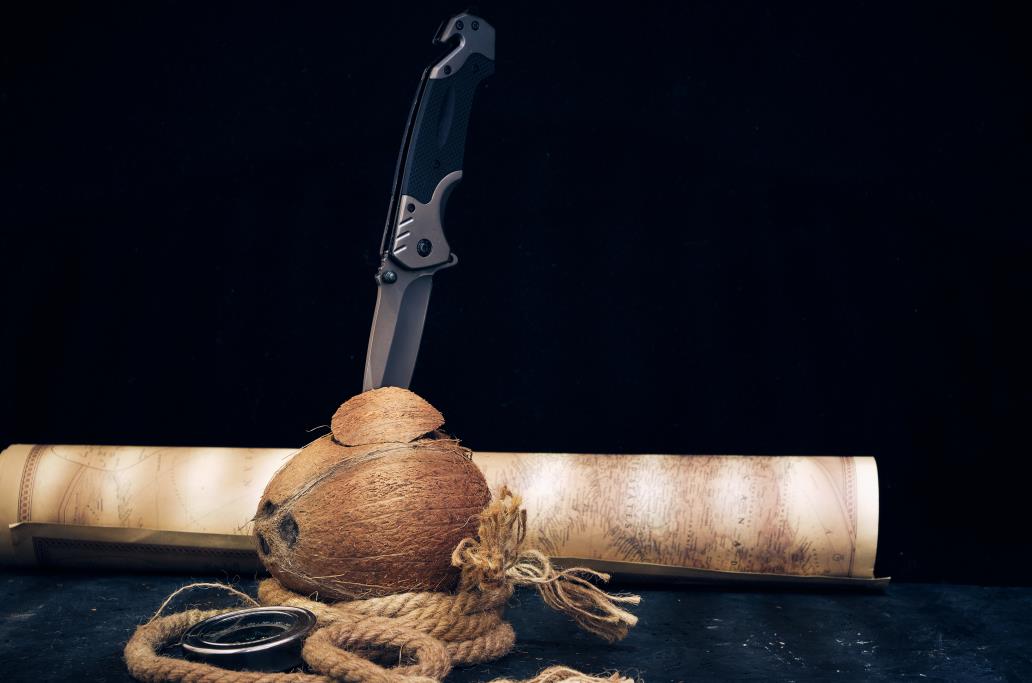
As mentioned, Böhler didn’t develop the M390 as a knife steel. After collaborating with the knifemakers at Microtech, Böhler engineers tweaked the M390 to be a better fit for making knives and came out with the M390MK.
According to Microtech, M390MK has a higher carbon content. It eases the standard M390 steel’s sharpening difficulty while improving edge retention and corrosion resistance.
Although this collaboration was announced recently by Microtech, they already have a series of knives made with M390MK. Currently, Microtech sells 15 products made from this new steel, all of which are sold out.
The slight differences in the given properties could make a difference for knife aficionados. For most people, however, it won’t be a deciding factor.
Buy Wholesale Knives and Start Scaling up with Us Today
Contact us and connect with a sales rep to get a free quote.
Conclusion
M390 steel is one of the most favored steels for making EDC knives. It has solid sharpness, edge retention, and wear resistance. M390 steel knives hold up to various environmental factors and resist corrosion.
The downsides to it are mainly toughness and sharpening ease. M390 steel isn’t particularly brittle, but it has its limits. It isn’t ideal for high-impact and lateral cutting and prying things.
If the high price and these aren’t a problem, it can make an excellent product for your customers.
Source knives from LeeKnives
LeeKnives is a knife manufacturer based in Yangjiang City with over 30 years of experience crafting blades. We supply countless North American knife stores and wholesalers. Through our affordable pricing and high-quality products, we can help your business scale up. Request a quote for wholesale knives, cutting boards, and more.
